Except for the EAEU bloc, Vietnam's footwear and handbag exports to markets with free trade agreements (FTAs) all increased, the highest being 20%.
Exports increased in most markets
According to the Vietnam Leather, Footwear and Handbag Association, Vietnam is currently the third largest country in footwear production after China and India with 1.4 billion pairs, but is the second largest country in exporting these products.
In 2024, the Vietnamese footwear industry will export 26.8 billion USD, of which footwear will reach 22.5 billion USD and handbags will reach 4.3 billion USD. From 2019 to 2024, in general, the industry's export growth chart is relatively stable, except for a sudden increase in footwear in 2022; the specific figures are 21.46 billion USD; 19 billion USD; 20.47 billion USD; 27.59 billion USD; 23.94 billion USD and 26.8 billion USD, respectively.
 |
| Ms. Phan Thi Thanh Xuan - General Secretary of Vietnam Leather, Footwear and Handbag Association. Photo: Euro Cham |
In 2024, the US will continue to be the largest importer of footwear and handbags from Vietnam with over 8.232 billion USD and over 1.762 billion USD; followed by the EU with over 6.478 billion USD and over 883 million USD. In addition, a number of other markets also import large quantities of footwear from Vietnam such as China with over 1.907 billion USD, Japan with over 1.048 billion USD, South Korea with over 645 million USD; for handbags, Japan imported over 315 million USD; China and South Korea are similar at around over 150 million USD.
In particular, leather and footwear are recognized as one of the industries that make good use of the free trade agreements that Vietnam has signed. Looking at the export results for the first 11 months of 2024, it can be seen that, in addition to the Eurasian Economic Union market, which decreased by 127% to only 6.29 million USD, other markets with free trade agreements in other industries all had positive growth.
Of which, the market under the Vietnam - United Kingdom of Great Britain and Northern Ireland Free Trade Agreement (UKVFTA) increased the most by 20%, reaching over 1 billion USD; ranked second was the market under the Vietnam - EU Free Trade Agreement (EVFTA) bloc, increasing by 14%, reaching over 5.91 billion USD; the ASEAN bloc market increased by 8%, reaching over 575 million USD and the Comprehensive and Progressive Agreement for Trans-Pacific Partnership (CPTPP) bloc market increased by 7%, reaching over 3.4 billion USD.
Explaining the sharp decline in the EAEU market, Ms. Phan Thi Thanh Xuan - Vice President of the Association and General Secretary of the Vietnam Leather, Footwear and Handbag Association said that geopolitical conflicts in the region have greatly affected consumer demand, and transportation difficulties have significantly reduced orders. There are even businesses that cannot export even though this was previously a stable consumer market.
Besides exports, imports of leather for Vietnam's production in the past 11 months also increased and increased the most since 2018 with over 1.8 billion USD; the value of imported machinery and equipment was also only lower than the peak year of 2019 with 147.5 million USD; imports of raw materials and accessories for the garment and footwear industry reached over 6.4 billion USD.
Flexible response to market fluctuations
Thus, it can be seen that 2024 continues to be a successful year for the Vietnamese footwear industry as it maintains its export performance. In 2025, according to the Vice President of the Vietnam Leather, Footwear and Handbag Association, the Vietnamese footwear industry aims to increase its export growth by 10% compared to 2024, reaching a turnover of about 29 billion USD.
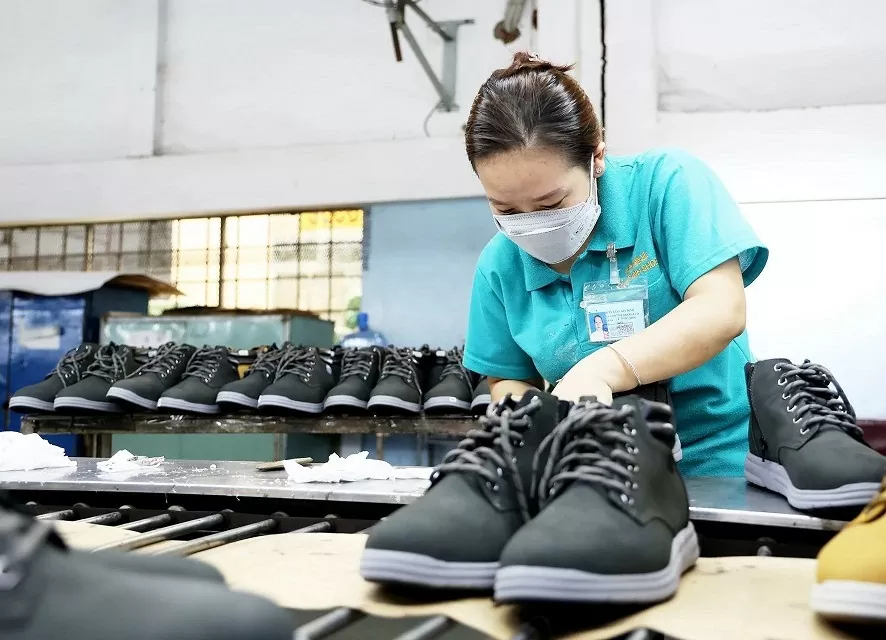 |
| Leather and footwear industry exports in 2024 will increase in most markets with FTAs. Illustrative photo |
However, to achieve this goal, businesses must make great efforts, because next year, orders are likely to stabilize. However, businesses need to restructure to avoid being passive in the face of new fluctuations, especially the change of government in the US, because this market accounts for nearly 40% of the industry's export proportion.
The rapid increase in logistics costs is also a major difficulty because the industry's export markets are mainly far away, such as the US and EU.
Along with that are new requirements, such as greening requirements, labor-related requirements, etc., all requiring businesses to improve their compliance. Another challenge is that labor resources are increasingly scarce.
Meanwhile, export prices have barely increased, and have even been forced to decrease, and production prices from China are used as the basis for negotiations, which also creates difficulties for businesses.
To overcome these challenges, experts say the Government needs to have policies to support businesses, especially in building mechanisms and policies on clean energy and green energy. This support will help businesses access sustainable energy sources, meeting the increasingly stringent requirements of the international market. In addition, businesses also need to proactively improve their competitiveness, improve production technology, protect the environment and build sustainable supply chains...
| In 2025, even though orders are not too difficult, the situation of small orders, high pressure for fast delivery, and high costs will continue to be challenges for businesses. |
Source: https://congthuong.vn/xuat-khau-da-giay-tang-o-hau-het-thi-truong-co-fta-371220.html


![[Photo] Touching images recreated at the program "Resources for Victory"](https://vstatic.vietnam.vn/vietnam/resource/IMAGE/2025/4/14/99863147ad274f01a9b208519ebc0dd2)

![[Photo] General Secretary To Lam chairs the third meeting to review the implementation of Resolution No. 18-NQ/TW](https://vstatic.vietnam.vn/vietnam/resource/IMAGE/2025/4/14/10f646e55e8e4f3b8c9ae2e35705481d)

![[Photo] Opening of the 44th session of the National Assembly Standing Committee](https://vstatic.vietnam.vn/vietnam/resource/IMAGE/2025/4/14/03a1687d4f584352a4b7aa6aa0f73792)
![[Photo] Children's smiles - hope after the earthquake disaster in Myanmar](https://vstatic.vietnam.vn/vietnam/resource/IMAGE/2025/4/14/9fc59328310d43839c4d369d08421cf3)





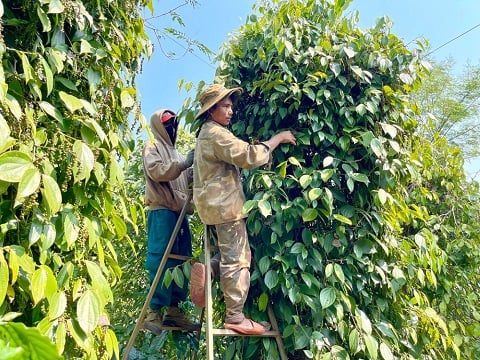






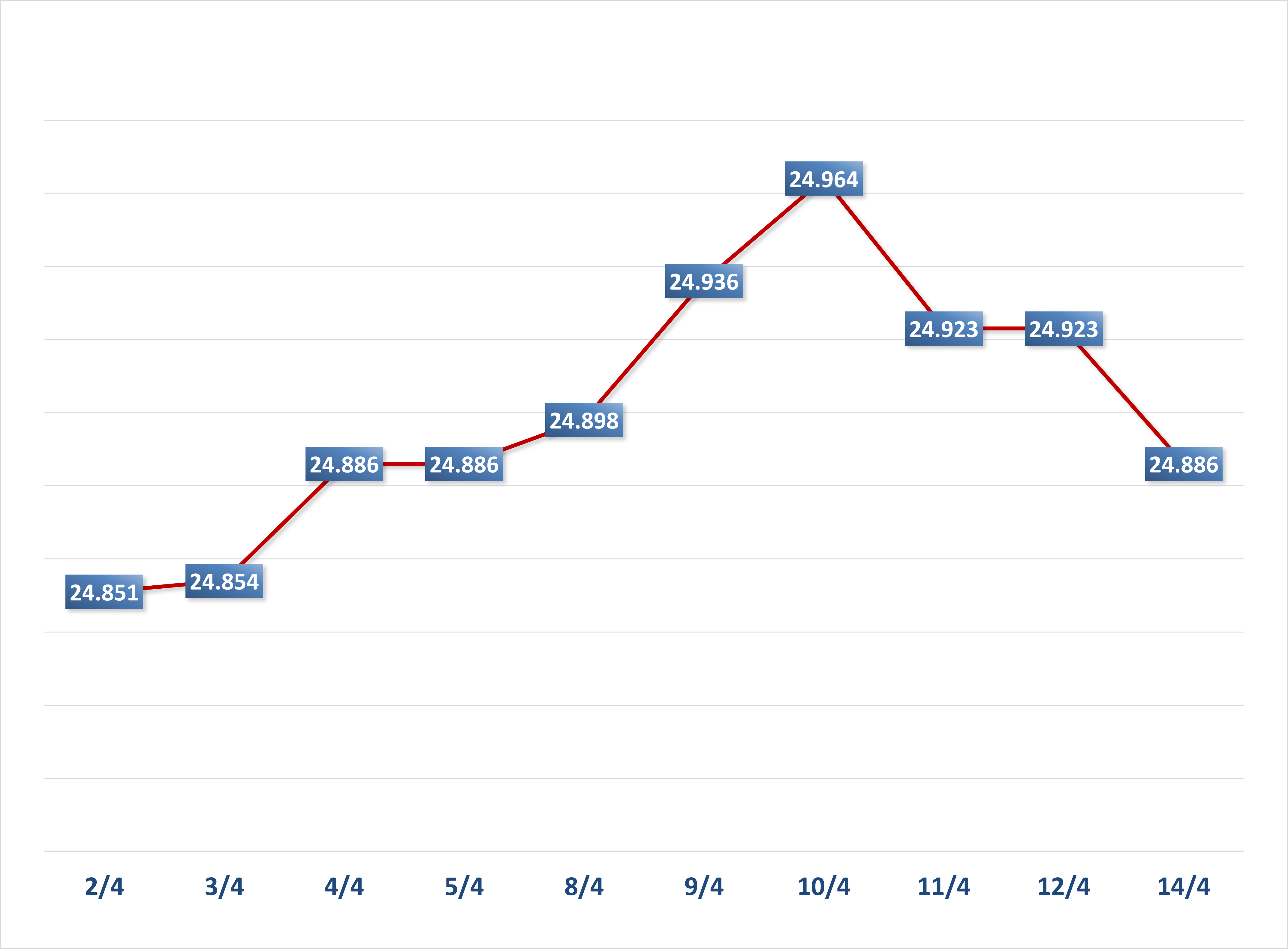




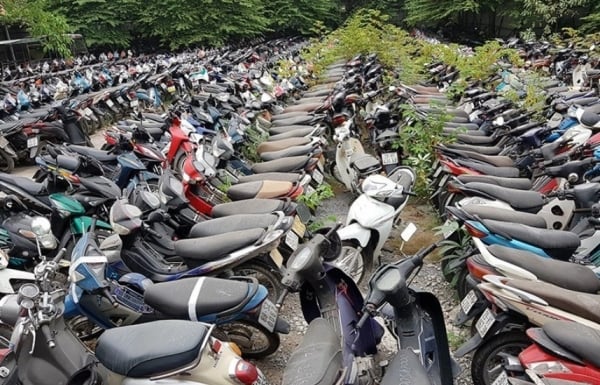
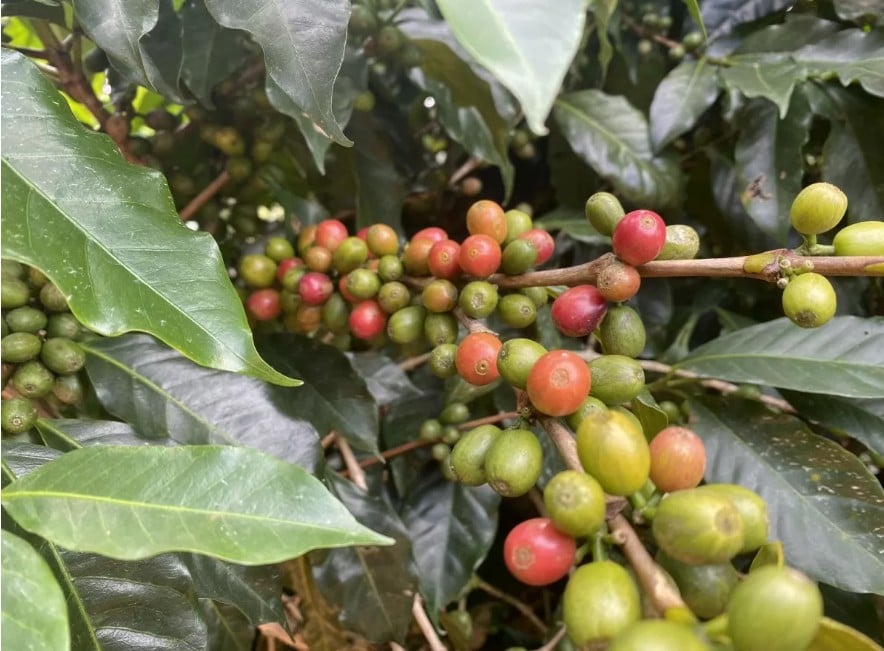




































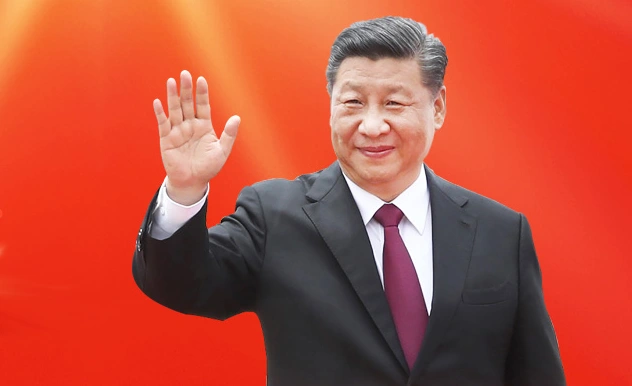

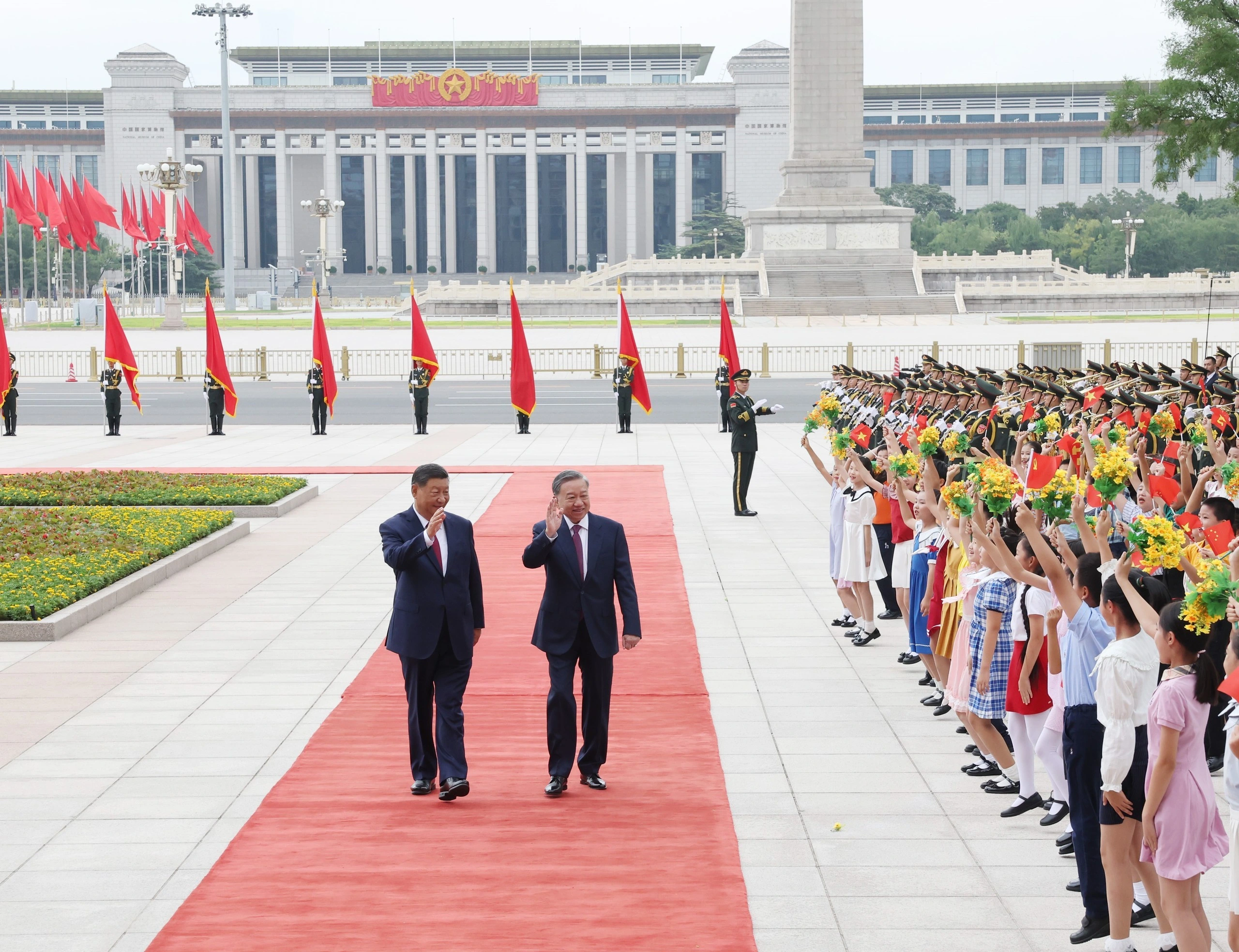
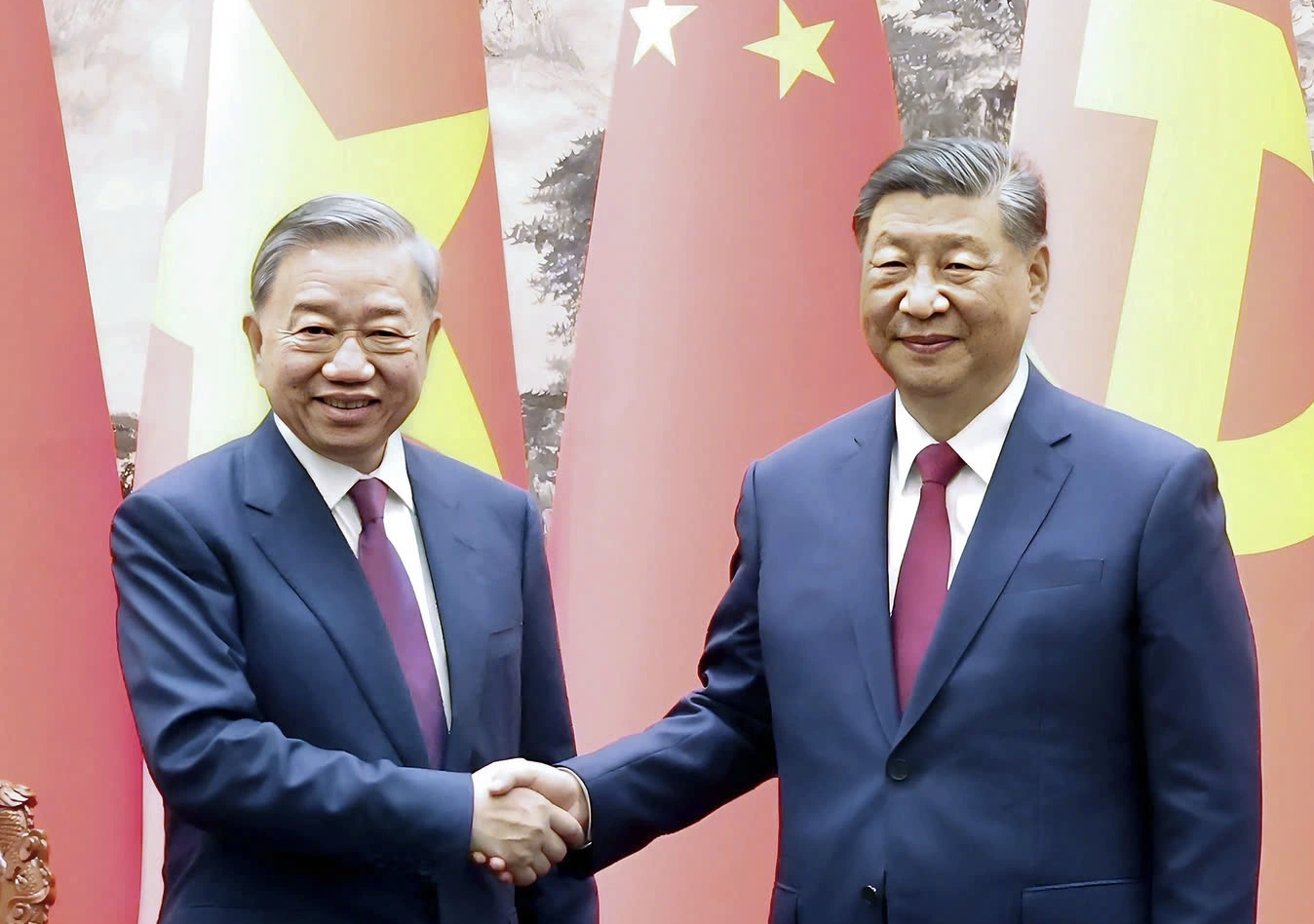
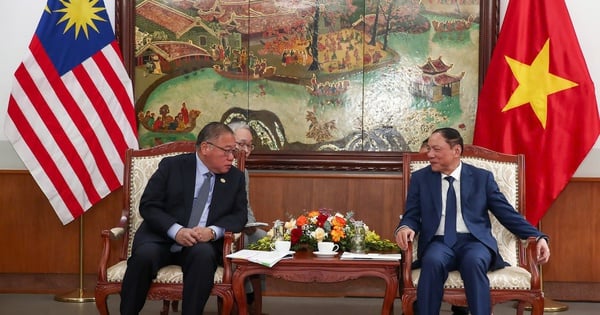










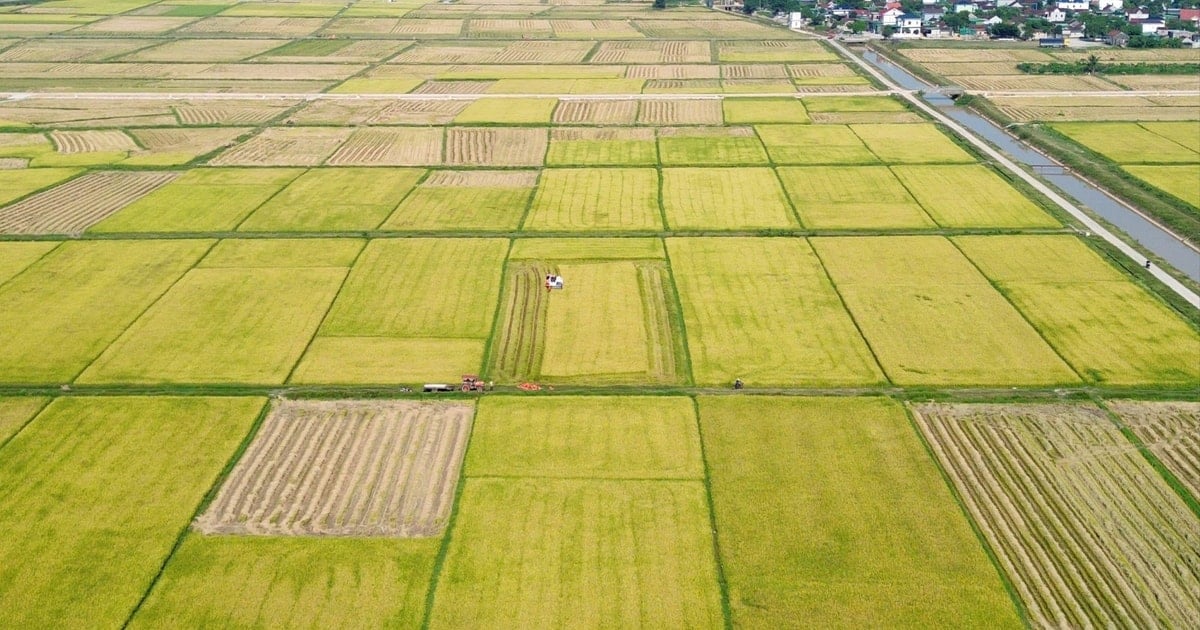




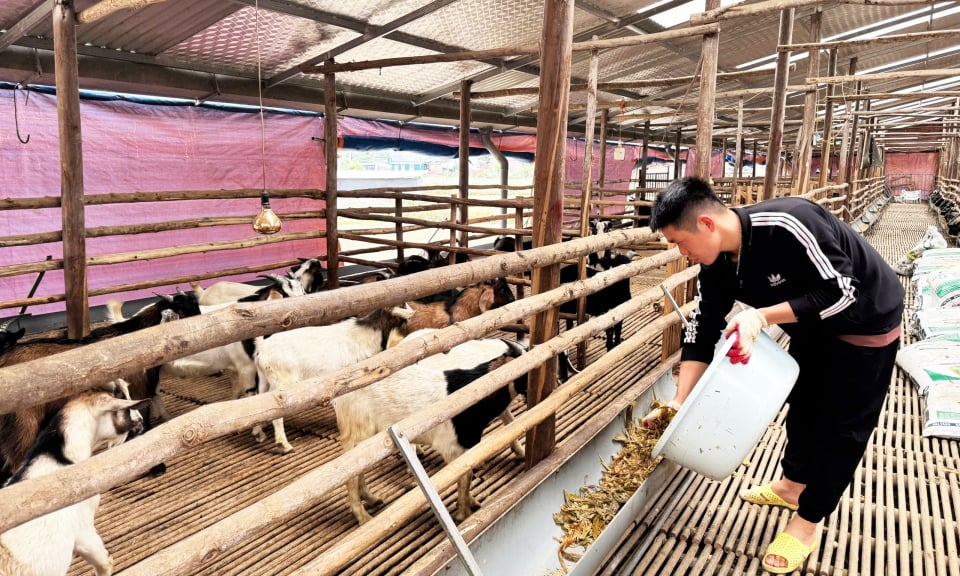









Comment (0)